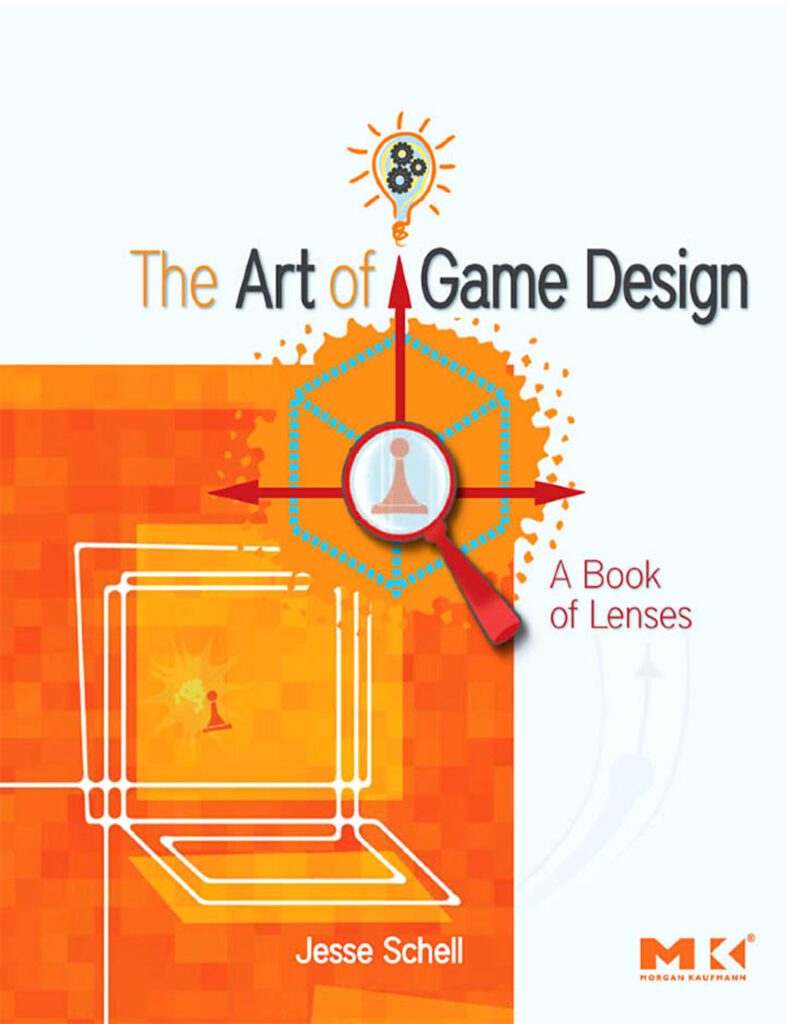Game designing involves conceptualizing, strategizing, and developing captivating interactive experiences. The Art of Game Design by Jesse Schell is a comprehensive guidebook for game designers that focuses on essential principles such as mechanics, aesthetics, technology, story, and game design. Mechanics refer to rules and controls, while aesthetics include visual and audio elements. Technology affects game performance, scalability, and accessibility. A well-written story is crucial to immersing players in the game world, and game design encompasses ideation, flows, design documents, storyboards, prototyping, and testing. Combining these elements cohesively can create a successful, engaging game.
Introduction
Game designing is an intricate process consisting of several elements that cooperate to create a captivating interactive experience. The Art of Game Design: Principles for Creating Captivating Interactive Experiences by Jesse Schell is a comprehensive guidebook for game designers that focuses on various essential principles of game design. It explains a range of game design principles to help designers create games that capture the players’ imagination and keep them engaged. This article discusses how games are made, emphasizing the principles outlined in The Art of Game Design.
Understanding Game Design
Game design is the process of conceptualizing, strategizing, and developing games. The game development process involves a series of steps that designers must take to create a successful game. The first step in game designing is to come up with a concept or an idea. The concept entails envisioning the game’s core mechanics, game flow, and story. Once the designer determines the ideas, they move to the next step, which is the development of the game’s mechanics.
Designers must ensure that the mechanics they create provide the players with a clear understanding of how to play the game. The mechanics of the game must be engaging, intuitive, and interrelated. This means that every action the player takes must have a significant impact on future events. Therefore, the game mechanics must provide players with a sense of agency and encourage them to continue playing.
Designers must also ensure that the game has a story that is fascinating, cohesive, and well-written. The story of the game is critical because it helps to immerse the player in the game world. The story should be consistent with the mechanics, graphics, and characters to create a seamless game experience.
The Principles of Game Design
The Art of Game Design emphasizes several essential principles when it comes to creating captivating interactive experiences. These principles include mechanics, aesthetics, technology, story, and game design.
1. Mechanics
Game mechanics refer to the rules, controls, and overall workings of a game. Mechanics are essential because they dictate how players interact with the game environment. Mechanics can influence the player’s experience positively or negatively. Therefore, designers must ensure that the game mechanics are intuitive, engaging, and enhance the game experience.
Some examples of game mechanics include scoring systems, obstacles, weapons, and movement. For instance, in the game “Angry Birds,” the player must launch birds with a slingshot to take down structures and defeat pigs.
2. Aesthetics
Aesthetics play a vital role in game design as it encompasses all visual and audio elements of a game. The game’s aesthetics must be appealing, immersive, and consistent with the game’s overall theme. Furthermore, they must complement the game mechanics and story.
Some examples of gaming aesthetics include graphics, color use, music, and sound effects. For instance, the “Assassin’s Creed” series uses historical settings, realistic environments, and authentic music to create an immersive experience for the player.
3. Technology
Technology is another essential aspect of game design. The game’s technology affects its performance, scalability, and accessibility. Designers must ensure that the game’s technology is cutting-edge and well-suited to the platform they intend to release the game on.
4. Story
The story is another crucial aspect of game design. It plays a significant role in immersing the player in the game world and setting the stage for the game’s mechanics. The story must be engaging, well-written, and complement the game mechanics and aesthetics.
5. Game Design
Game design is the overall process of conceptualizing, strategizing, and developing games. The game design process includes ideation, game flows, design documents, storyboards, prototyping, and testing. Designers must keep in mind the game’s target audience, market trends, genre, and platform while designing a game.
Conclusion
Creating a successful game involves several essential elements, including mechanics, aesthetics, technology, story, and game design. Designers must understand each of these elements’ importance and ensure that they work together cohesively to provide a captivating interactive experience for the player. Jesse Schell’s The Art of Game Design: Principles for Creating Captivating Interactive Experiences provides an in-depth guidebook for game designers to help them create compelling game experiences. By following the principles outlined in the book, designers can make games that capture the players’ imagination and keep them engaged.
